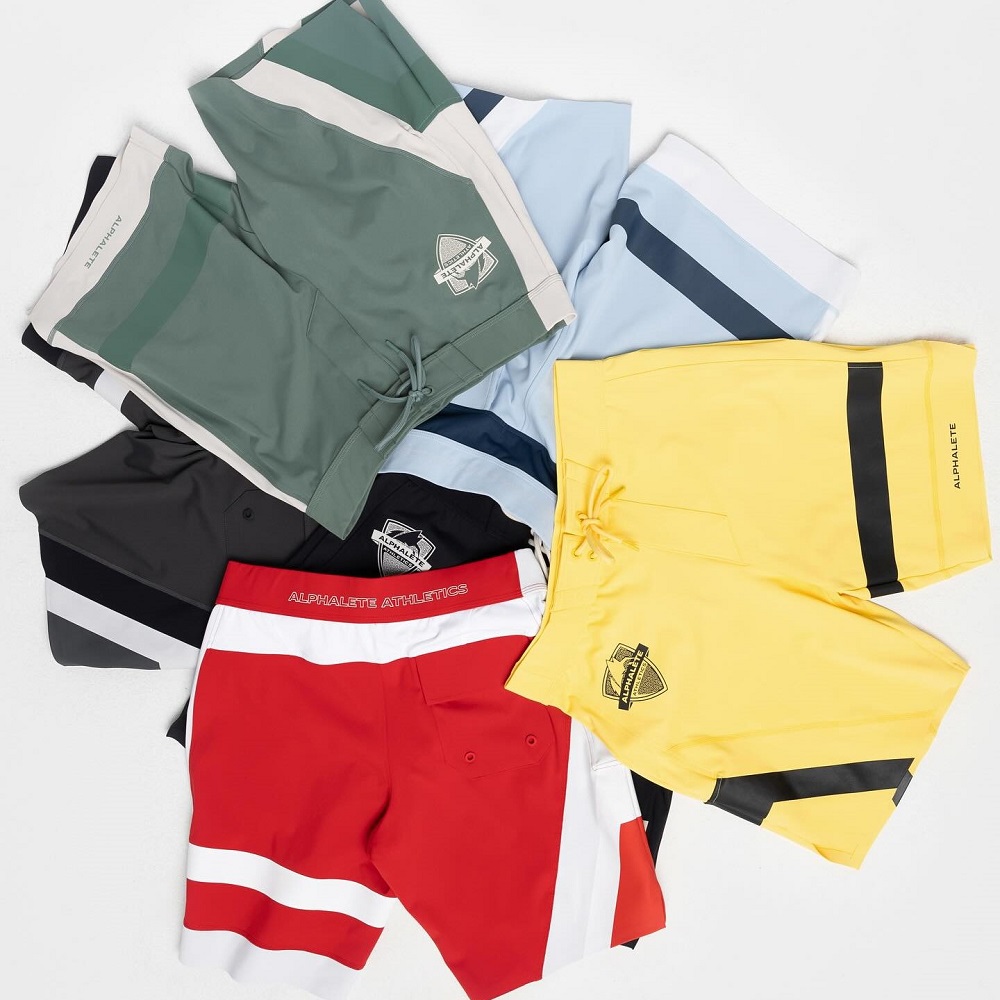Do OnClouds Run Big or Small? A Comprehensive Sizing Guide
Table of Contents
As a runner, I understand the importance of having the right pair of shoes. It’s not just about comfort, but also about performance. That’s why when I first heard about On Cloud shoes, I was intrigued. But before I made a purchase, I wanted to know if they run big or small.
After doing some research and trying on a few pairs myself, I can confidently say that On Cloud shoes run true to size. This means that if you usually wear a size 9, you should order a size 9 in On Cloud shoes. Of course, there may be some slight variations depending on the style of shoe and your foot shape, but overall, you can trust that On Cloud shoes will fit you well if you order your usual size.
It’s important to note that some people may feel that On Cloud shoes run small because of the unique CloudTec technology in the sole. These hollow pods are designed to disperse and cushion pressure, which can create a snug fit. However, this doesn’t mean that you should size up. Instead, stick with your usual size and give the shoes a little time to break in. You’ll likely find that they mold to your feet and provide the perfect amount of support and comfort.
Cloud Computing Basics
What are Clouds?
Clouds refer to a network of remote servers that provide on-demand computing resources and services over the internet. Cloud computing allows users to access and use computing resources, such as servers, storage, databases, networking, software, and analytics, without having to own or manage the underlying infrastructure.
Types of Cloud Computing
There are several types of cloud computing, including:
- Public Cloud – A public cloud is owned and operated by a third-party cloud service provider, who makes computing resources and services available to the general public over the internet.
- Private Cloud – A private cloud is established for a specific group or organization and limits access to just that group.
- Community Cloud – A community cloud is shared among two or more organizations that have similar cloud requirements.
- Hybrid Cloud – A hybrid cloud is essentially a combination of at least two clouds, where the underlying infrastructure is owned and managed by both the cloud service provider and the user organization.
How Cloud Computing Works
Cloud computing works by providing users with on-demand access to computing resources and services over the internet. Users can access these resources and services through a web browser or a cloud-based application.
When a user requests a computing resource or service, the cloud service provider allocates the necessary computing resources from its pool of available resources. The user can then use these resources to run their applications, store their data, or perform other computing tasks.
On-Clouds vs. Off-Clouds
What are On-Clouds?
On-Clouds are a type of running shoe designed by the Swiss company On. They are known for their unique CloudTec technology, which uses individual pods or “clouds” to provide both cushioning and support. On-Clouds are designed to be lightweight and responsive, making them a popular choice among runners looking for a shoe that can help them go faster and farther.
What are Off-Clouds?
Off-Clouds are another type of running shoe designed by On. Unlike On-Clouds, Off-Clouds do not feature CloudTec technology. Instead, they are designed with a more traditional midsole that provides cushioning and support. Off-Clouds are designed to be versatile and can be used for a variety of activities, including running, hiking, and everyday wear.
Differences between On-Clouds and Off-Clouds
While both On-Clouds and Off-Clouds are designed for running, there are some key differences between the two types of shoes. Here are a few of the main differences:
- Technology: The most obvious difference between On-Clouds and Off-Clouds is the technology they use. On-Clouds feature CloudTec technology, while Off-Clouds do not.
- Weight: On-Clouds are generally lighter than Off-Clouds, thanks in part to the CloudTec technology.
- Cushioning: While both types of shoes provide cushioning, On-Clouds are known for their unique “cloud” pods, which provide a more responsive and adaptive cushioning experience.
- Support: On-Clouds and Off-Clouds both provide support, but On-Clouds are designed to provide more targeted support thanks to the individual “cloud” pods.
Overall, the choice between On-Clouds and Off-Clouds will depend on your individual needs and preferences. If you’re looking for a lightweight, responsive shoe with unique cushioning technology, On-Clouds may be the way to go. But if you’re looking for a more versatile shoe that can be used for a variety of activities, Off-Clouds may be a better choice.
Do On-Clouds Run Big or Small?
As a runner, I know how important it is to have the right shoe size. When it comes to On-Clouds, many people wonder if they run big or small. Based on my research and personal experience, I can say that On-Clouds generally run true to size. However, there are some factors that can affect the size and fit of these shoes.
Factors Affecting On-Cloud Size
One factor that can affect the size of On-Clouds is foot shape. If you have wide feet, you may want to consider going up half a size to ensure a comfortable fit. Additionally, the type of sock you wear can impact the size of your shoe. If you wear thick socks, you may need to size up to accommodate the extra bulk.
Another factor to consider is the specific model of On-Clouds you are interested in. Some models may run slightly bigger or smaller than others. It’s always a good idea to try on different sizes and models to find the best fit for you.
Examples of Big On-Clouds
If you have particularly wide feet, you may want to consider sizing up when it comes to On-Clouds. Some models that tend to run bigger include the On-Cloud X and the On-Cloudventure. These shoes have a roomier fit and may be more comfortable for those with wider feet.
Examples of Small On-Clouds
If you have narrow feet or prefer a snug fit, you may want to consider sizing down when it comes to On-Clouds. Some models that tend to run smaller include the On-Cloudswift and the On-Cloudsurfer. These shoes have a more streamlined fit and may be a better choice for those who prefer a tighter fit.
Overall, it’s important to remember that the size and fit of On-Clouds can vary depending on a variety of factors. By considering these factors and trying on different sizes and models, you can find the perfect fit for your feet and running style.
Benefits of Big On-Clouds
As a runner, I have found that the size of my running shoes can greatly impact my performance and comfort during runs. In my experience, big On-Clouds have several benefits that make them a great choice for runners.
Scalability
One of the biggest benefits of big On-Clouds is their scalability. The larger size allows for more room in the shoe, which can be especially beneficial for runners with wider feet or those who prefer a looser fit. Additionally, the bigger size can provide more cushioning and shock absorption, which can help reduce the risk of injury during runs.
Cost-Effectiveness
While big On-Clouds may seem like a more expensive option, they can actually be more cost-effective in the long run. Since they provide more room and cushioning, they can last longer than smaller sizes that may wear out more quickly. This can save runners money in the long run by reducing the need to replace shoes as frequently.
Performance
Finally, big On-Clouds can also have a positive impact on performance. The added cushioning can help reduce impact on joints and muscles, allowing runners to push themselves harder and longer. Additionally, the added room in the shoe can help prevent blisters and other foot injuries that can hinder performance.
Overall, I have found that big On-Clouds offer several benefits that make them a great choice for runners. From scalability to cost-effectiveness to performance, the larger size can provide added comfort, protection, and support during runs.
Benefits of Small On-Clouds
As someone who has worn On-Cloud shoes, I can confidently say that they run small. However, this is not necessarily a bad thing. In fact, there are several benefits to wearing small On-Clouds.
Flexibility
One of the main benefits of wearing small On-Clouds is increased flexibility. The snug fit of the shoe allows for greater control and range of motion. This is especially important for runners and athletes who need to be able to move quickly and with precision.
Ease of Management
Another benefit of small On-Clouds is the ease of management. Because the shoe is designed to fit snugly, there is less room for the foot to move around inside the shoe. This means that there is less chance of blisters and other foot injuries. Additionally, the snug fit ensures that the shoe stays in place while running or engaging in other physical activities.
Security
Finally, small On-Clouds provide a greater sense of security. The snug fit of the shoe ensures that the foot stays in place, even during sudden movements or changes in direction. This can help prevent ankle injuries and other foot-related problems.








